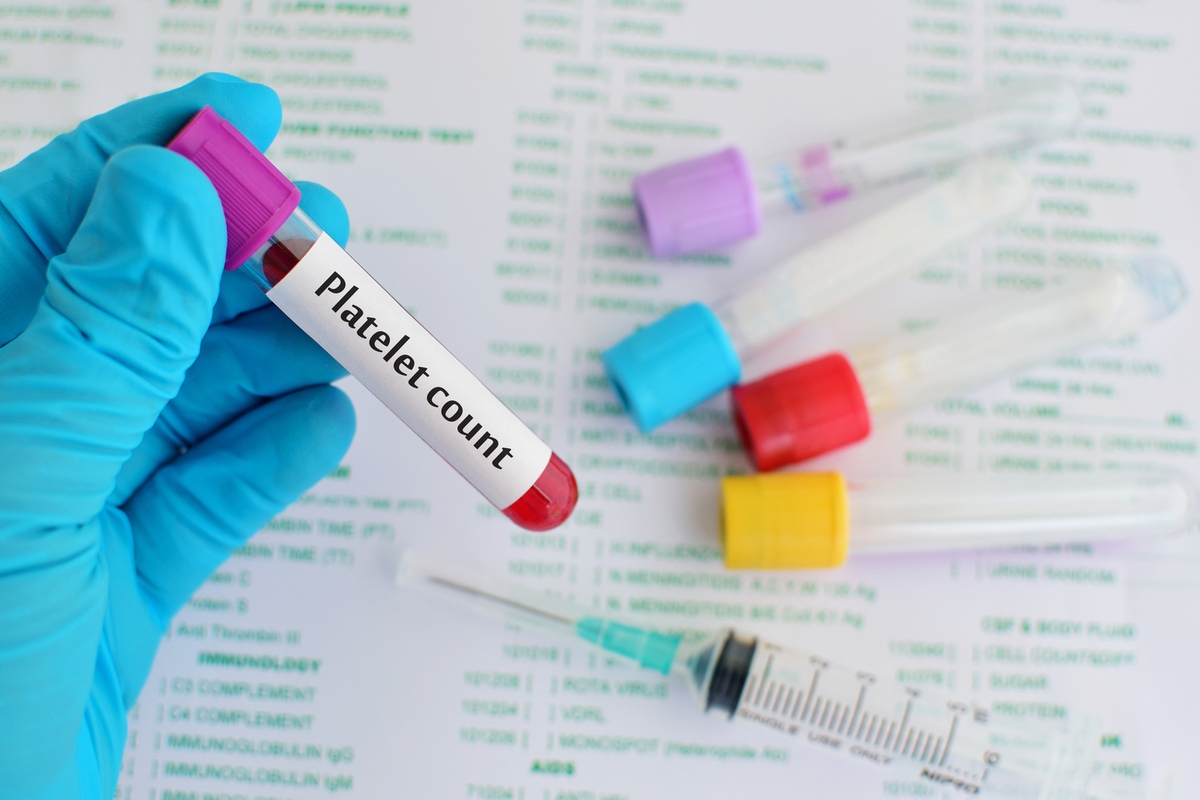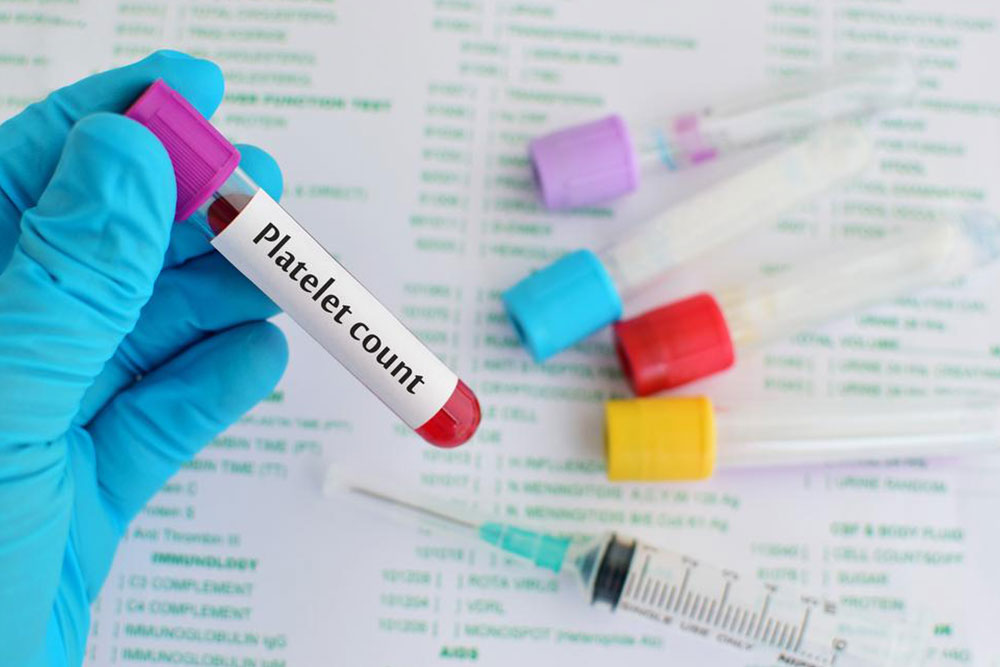Effective Strategies for Managing Thrombocytopenia and Maintaining Healthy Platelet Levels
This comprehensive guide explores effective strategies to manage thrombocytopenia, a condition characterized by low platelet counts. It covers causes, symptoms, treatment options such as medications and splenectomy, and lifestyle tips to enhance platelet health. Understanding the underlying factors and adopting appropriate management techniques can prevent serious bleeding episodes and improve quality of life. Whether mild or severe, timely intervention combined with lifestyle adjustments is key to maintaining healthy platelet levels and reducing associated risks.

Comprehensive Approaches to Managing Thrombocytopenia Effectively
Thrombocytopenia, commonly known as low platelet count, is a prevalent blood disorder characterized by a reduction in platelets, the vital blood components responsible for clotting and tissue repair. Platelets, also called thrombocytes, play a crucial role in preventing excessive bleeding when injuries occur. Under normal circumstances, the platelet count ranges from 150,000 to 450,000 per microliter of blood. When the count falls below 150,000, it indicates thrombocytopenia, which can manifest in mild to severe forms. Count levels below 5,000 pose significant health risks, including spontaneous bleeding episodes that demand immediate medical intervention to avert potentially life-threatening complications.
The approach to managing thrombocytopenia varies widely depending on its underlying cause and severity. Understanding the causes of low platelet counts is essential for effective treatment planning. Platelets typically have a lifespan of about 7 to 10 days, and they are primarily produced in the bone marrow. Disruptions in either production or destruction mechanisms can lead to decreased levels, resulting in thrombocytopenia. Some of the most common causes include:
Splenomegaly (Enlarged Spleen): The spleen functions as a filter for blood, removing old or damaged blood cells, and defending against infections. However, an enlarged spleen can inadvertently trap and destroy an excessive number of platelets, reducing their circulating levels.
Infections: Viral infections like hepatitis B, hepatitis C, HIV, and other viruses can temporarily lower platelet counts. Bacterial infections such as sepsis, malaria, and other parasitic infections can result in sustained reductions, especially if they cause systemic illness.
Medication Side Effects: Certain medications, including some antibiotics, anti-inflammatory drugs, and pain relievers, can interfere with platelet production or accelerate destruction, leading to thrombocytopenia.
Alcohol Consumption: Excessive and chronic alcohol intake hampers bone marrow function, leading to decreased production of platelets, which results in mild to moderate thrombocytopenia.
Pregnancy-Related Thrombocytopenia: Gestational thrombocytopenia is a condition affecting some pregnant women, usually occurring during the second or third trimester. It is typically benign and resolves postpartum, but requires careful monitoring.
Chronic Hematologic Diseases: Conditions such as leukemia, lymphoma, aplastic anemia, and myelodysplastic syndromes can damage the bone marrow or interfere with platelet production, causing persistent low levels.
Immune System Disorders: Immune thrombocytopenic purpura (ITP) is an autoimmune condition where the body's immune system mistakenly targets and destroys its own platelets, leading to significant thrombocytopenia.
Treatment Options for Thrombocytopenia: The management of low platelet counts hinges on their severity and the presence or absence of symptoms. Mild cases, where patients are asymptomatic, often do not require aggressive therapy and can be monitored regularly. However, severe thrombocytopenia with bleeding symptoms demands prompt and sometimes aggressive treatment strategies, including:
Addressing Underlying Causes: If thrombocytopenia is caused by drug reactions, such as heparin-induced thrombocytopenia, stopping the causative medication is the first step. Treating infections or underlying illnesses can also restore platelet levels.
Platelet Transfusions: In critical situations, especially when platelet counts fall below 10,000 or if bleeding occurs, platelet transfusions are administered to quickly replenish circulating platelets and prevent hemorrhagic events.
Surgical Interventions: Spleen removal (splenectomy) may be considered if enlarged spleen trapping or immune destruction continues despite medical therapy. Many patients experience significant improvement post-surgery, with increased platelet counts.
Medications: Several drugs are used to stimulate platelet production or modulate the immune system's response. For example, corticosteroids like prednisone are often prescribed in autoimmune cases, while agents like thrombopoietin receptor agonists (eltrombopag, romiplostim) help boost platelet production in refractory cases.
Home and Lifestyle Tips to Support Platelet Health: Besides medical treatment, certain lifestyle changes can effectively support platelet health and reduce bleeding risks. These include:
Avoiding activities that pose a risk of injury or trauma, such as contact sports or heavy lifting
Limiting or abstaining from alcohol consumption, which impairs platelet production
Using caution when taking over-the-counter medications, especially nonsteroidal anti-inflammatory drugs (NSAIDs) and aspirin, which can further lower platelet counts
Consuming a balanced, nutritious diet rich in Vitamin B12, folate, and iron—nutrients essential for healthy blood cell production
Minimizing exposure to environmental toxins and chemicals that can compromise blood health
In addition, adhering to regular check-ups, following prescribed treatments diligently, and promptly reporting any signs of bleeding or bruising can help maintain a safe and healthy platelet count. Managing thrombocytopenia effectively requires a combination of medical intervention, lifestyle modifications, and vigilant monitoring to prevent complications and ensure overall well-being.





